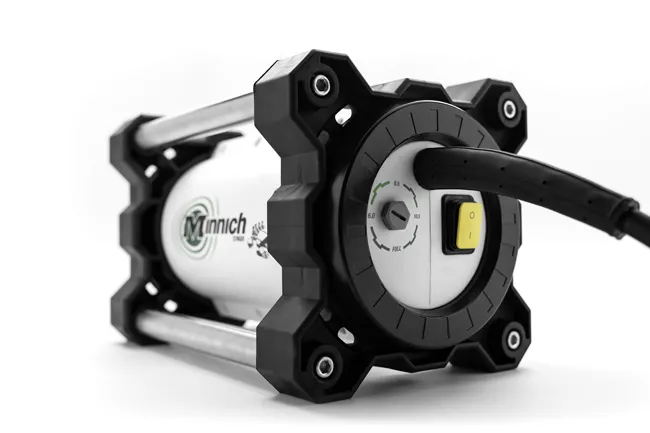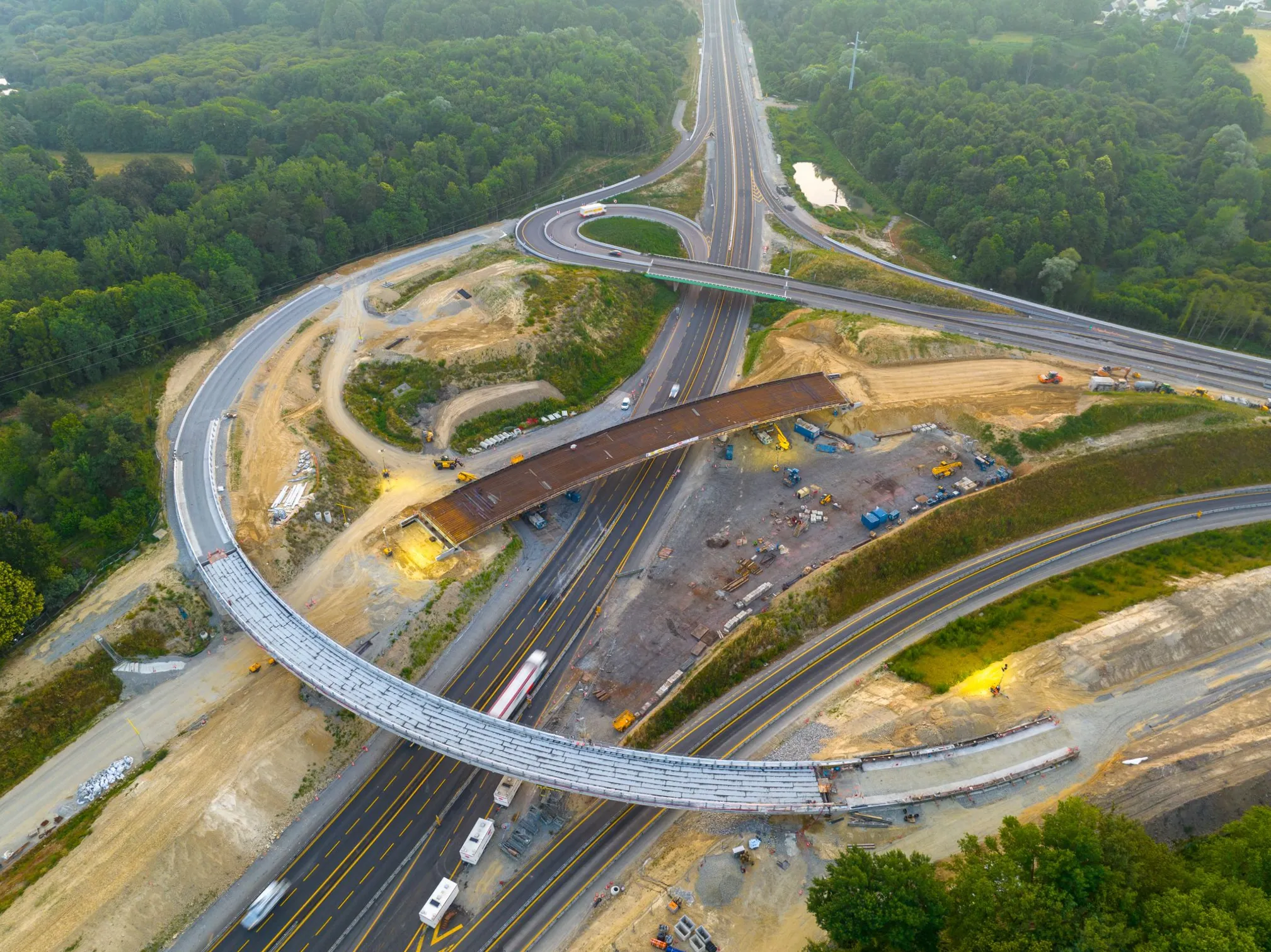
According to Germany’s Federal Ministry of Transport, there are almost 40,000 bridges in the federal highway network, of which 86% are made of reinforced and prestressed concrete. Many of these bridges date from the 1960s and 1970s and were built for significantly lower traffic volumes.
“If significant cracks occur in the concrete, the stiffness and thus also the vibration behaviour changes,” said Alexander Stark, a professor of concrete structures within the Institute of Concrete Structures and Building Materials Technology at KIT. “This metrological evaluation of the entire bridge is intended to localise [pinpoint] crack formations and at the same time quantify them for the first time - even before they are even visible and a regular inspection of the bridge is due.”
For a longer discussion, click here for a Global Highways feature.
For a video of the controlled demolition of the Rahmedetal Bridge, click here.









